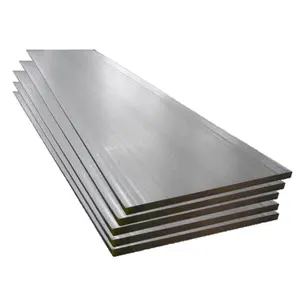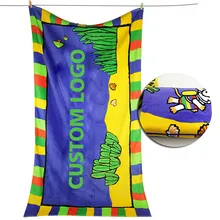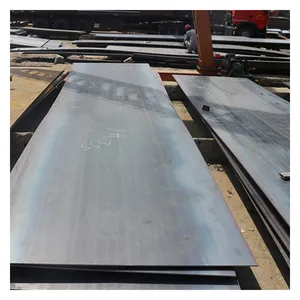Exploring the Versatility of Cast Iron Teppanyaki Plates
The cast iron teppanyaki plate is a cornerstone in diverse cooking environments, from bustling restaurant kitchens to intimate home settings. This category encompasses a range of robust cookware, designed to cater to various culinary techniques and preferences.
Types and Applications
Teppanyaki plates, traditionally used in Japanese cooking, have transcended their origins to become a staple in global cuisine preparation. The grill pan variant is perfect for indoor grilling, offering a ridged surface ideal for searing meats and vegetables. Similarly, the roasting pan is adept at handling larger cuts of meat and whole poultry, ensuring even cooking and browning. For those who favor baked delicacies, pizza pans and cookie sheets made of cast iron provide consistent heat distribution, crucial for achieving the perfect crust and bake.
Features and Materials
Cast iron is renowned for its exceptional heat retention and distribution properties. A cast iron skillet can sustain high temperatures without warping, making it suitable for searing and frying. Moreover, when seasoned properly, it offers a natural non-stick surface. The durability of cast iron also means that these pans can last for generations with proper care, making them a sustainable option for both households and businesses.
Advantages of Cast Iron Cookware
The advantages of using a cast iron teppanyaki plate are manifold. Its ability to maintain heat makes it ideal for cooking techniques that require consistent temperature, such as stir-frying and sautéing. Additionally, the heft of cast iron cookware contributes to its stability on the cooktop, providing a safe cooking experience. The versatility of these plates allows for a transition from stovetop to oven with ease, broadening the range of dishes that can be prepared.
Considerations for Selection
When selecting a cast iron frying pan or any other teppanyaki plate, it is important to consider the specific needs of the cuisine being prepared. The size, shape, and depth of the pan should align with the cooking methods and portion sizes intended. For those looking to expand their cookware collection, sets that include various types of pans, such as saucepans and sauté pans, offer a comprehensive solution for a multitude of recipes.
Conclusion
In conclusion, the cast iron teppanyaki plate is a multifaceted tool in the culinary arsenal, suitable for an array of cooking styles and dishes. Its enduring material, combined with a variety of available types, makes it an indispensable component for both home cooks and professional chefs alike.








































 浙公网安备 33010002000092号
浙公网安备 33010002000092号 浙B2-20120091-4
浙B2-20120091-4